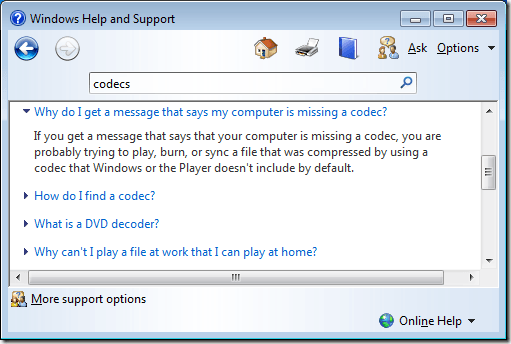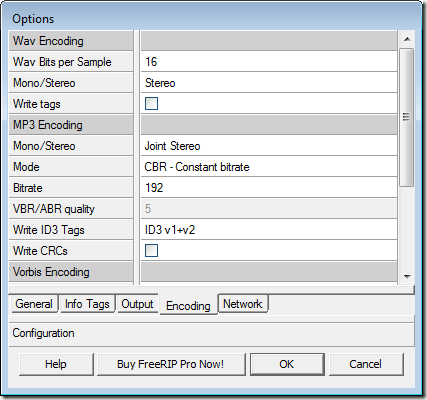MP3 files are well known to users of Windows 7 and devices such as iPods, smart phones, and other digital music players. The most popular digital audio file, MP3s offer excellent quality in a small package. However, the MP4 format will likely replace MP3s as the most popular digital file format. Learn about the differences between MP3 and MP3 files.
MP3 and MP4 Codecs
What separates MP3s from MP4s is the compression algorithm used to create digital content from analog sources. Codecs take audio or video from real life and convert them into zeros and ones for interpretation by software such as Windows Media Player or from a device such as an MP3 player.
Codecs do more than just convert audio and video to a digital format. Using an algorithm, they encode audio and video to compress it into a more portable format. Codecs are made up of two parts, an encoder and a decoder.
Encoders do the encoding and decoders are used by media players to interpret the content and send it out to speakers and/or a video monitor. Windows Media Player, for example, ships with a variety of the most popular codecs for playback of audio and video. If you try to play a file encoded with a codec Windows Media Player does not have, you will get an error message.
Differences between MP3s and MP4s
MP3s and MP4s share some similarities. They both refer to codecs used to encode and decode media. MP3s use an *.mp3 file extension while MP4s use *.mp4. This makes them easily identifiable on a computer or in a digital media device.
The MP3 codec is strictly used to encode audio only. Arguably the most recognized file format in digital media, the MP3 audio standard was released in 1994 by a group of European organizations. MP4s, on the other hand, is an ISO creation.
MP3s are an extension of the MP2 standard, which offers inferior compression and overall sound. Released in 2003, MP4s are an extension of Apple’s QuickTime technology, well known for efficient and cost-effective compression and playback. Unlike MP3s, MP4s offer encoding of more media types in addition to audio such as video, text, and pictures.
Most music devices such as MP3 players support decoding of MP3 files. So far, few devices are capable of playing MP4s although Apple’s devices such as iPods and iPhones support MP4 playback.
However, as more and more companies begin to adopt the superior MP4 standard, MP4 players and other devices such as smart phones and handheld devices will likely begin supporting decoding of MP4 files.
The differences between MP3s and MP4s include more than just an upgraded audio file; the MP4 standard is more than just an improvement over MP3 encoding and compression.
Whereas MP3s are strictly audio files, MP4s are media containers capable of holding audio, video, text, and images. MP4 is a true multimedia file format. As media capabilities continue melding into single devices such as smart phones and handheld media players, it is likely that MP4s will replace MP3s as the standard media file.
There has been some talk about MP5 players but some media device manufacturers – to make the market think that their products use a newer and better standard – have adopted this designation.
The MP5 standard does not yet exist since there is no such thing as an *.mp5 file extension. Most players that boast MP5 playback are really referring to the devices ability to playback MP4 files without first converting the file to another format.




No comments:
Post a Comment